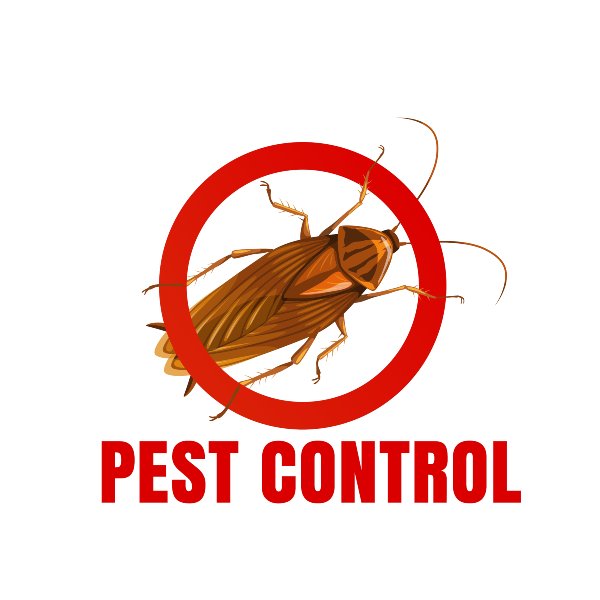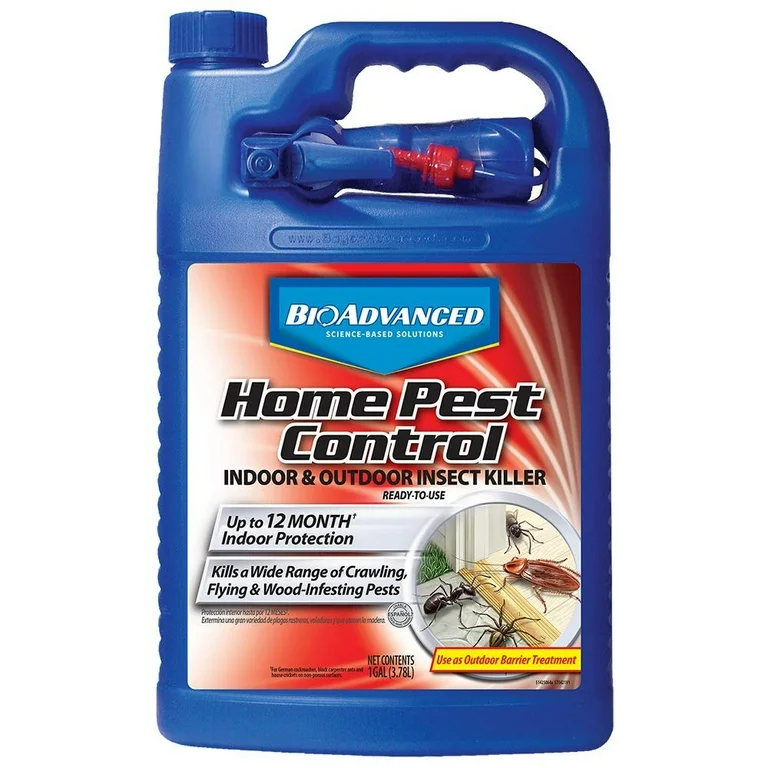Efficient A1 Bed Bug Treatment in Charlotte - Safe and Proven Techniques
Wiki Article
Bed Pest Treatment Break Down: Comparing Chemical Vs. Non-Chemical Solutions
In the world of insect control, particularly when managing the consistent problem of bed pests, the option between chemical and non-chemical therapy solutions can be a crucial one. Both methods offer unique benefits and disadvantages, affecting variables such as effectiveness, safety and security considerations, and total cost. By checking out the nuanced details of each approach, a clearer understanding of which path to seek in addressing a bed insect infestation can be obtained.Performance of Chemical Treatments
Chemical therapies for bed bug invasions have actually been widely acknowledged for their quick and potent efficacy in eliminating these parasites. When considering the efficiency of chemical therapies, it is crucial to comprehend that they can give a detailed and quick service to a bed pest trouble. Professional pest control operators frequently depend on insecticides to target bed insects at different phases of their life process, consisting of nymphs, adults, and eggs. These chemicals normally function by interrupting the bed bugs' anxious system, bring about paralysis and eventual fatality.Additionally, chemical treatments have the advantage of offering recurring impacts, indicating that they can continue to eliminate bed pests also after the preliminary application. This residual activity is especially useful in combating any potential re-infestations. In addition, the fast action of chemical therapies can bring alleviation to individuals encountering serious bed bug problems, enabling them to restore control of their space promptly.
Safety Interest In Chemical Solutions
One vital aspect that needs mindful consideration when using chemical solutions for bed insect therapy is ensuring the security of owners and the environment. While chemical treatments can be effective in removing bed pests, they might pose dangers otherwise taken care of properly. One of the main security interest in chemical remedies is the potential harm they can cause to human health and wellness. Direct exposure to particular chemicals made use of in bed pest therapies can lead to respiratory issues, skin inflammation, or other negative responses, particularly in people with pre-existing problems or level of sensitivities. In addition, inappropriate application or dose of chemical pesticides can cause poisonous deposits remaining in the cured area, presenting long-lasting health and wellness dangers to residents.Furthermore, the ecological influence of chemical services is another substantial consideration. Some pesticides made use of in bed pest treatments might be dangerous to helpful insects, wild animals, and environments if they seep into the dirt or water supply. It is vital to use chemical therapies sensibly, adhering to security guidelines, and thinking about less poisonous alternatives to minimize these dangers and ensure the risk-free and effective administration of bed bug invasions.
Benefits of Non-Chemical Techniques
Considering the potential security concerns and ecological effect associated with chemical remedies for bed bug therapy, exploring non-chemical techniques offers an encouraging alternative with several distinctive advantages. Non-chemical therapies are eco pleasant, as they do not contribute to air or water pollution, making them a sustainable selection for parasite control.Furthermore, non-chemical solutions can be effective in targeting bed bugs, consisting of hard-to-reach areas where chemical therapies might not permeate - A1 charlotte bed bug exterminator. Methods such as warm therapy, vacuuming, steam cleansing, and cushion encasements supply comprehensive elimination without the usage of unsafe chemicals.
Limitations of Non-Chemical Treatments

Furthermore, non-chemical therapies commonly need numerous applications to accomplish effective elimination. This can be time-consuming and might not always assure complete removal of all bed bugs and their eggs, specifically in hard-to-reach or concealed places.
Furthermore, the success of non-chemical therapies greatly depends on correct application and thoroughness, which can be testing for individuals without specialist knowledge. Poor application of non-chemical techniques might lead to insufficient eradication, leading to persistent invasions and the need for extra therapies.
Therefore, while non-chemical treatments have their benefits, it is necessary to recognize these constraints and consider them when establishing the most efficient strategy for managing bed insect invasions.
Price Comparison: Chemical Vs. Non-Chemical Options
Given the restrictions linked with non-chemical therapies, a necessary element to assess in the context of bed pest administration is the cost contrast between chemical and non-chemical options. In comparison, non-chemical treatments like warmth treatment or heavy steam can be more pricey, with prices ranging from $1,000 to $6,000 for a whole home. While the preliminary price of chemical treatments may appear lower, numerous treatments might be required to totally eliminate A1 charlotte pest control companies the problem, possibly increasing the general cost.Verdict

Considering the possible security concerns and ecological impact linked with chemical services for bed pest treatment, exploring non-chemical techniques presents an encouraging alternative with numerous distinct advantages.Given the constraints associated with non-chemical therapies, an important facet to evaluate in the context of bed pest administration is the expense contrast in between chemical and non-chemical options. In contrast, non-chemical treatments like warmth treatment or vapor can be more costly, with prices ranging from $1,000 to $6,000 for a whole home. While the initial expense of chemical therapies might seem reduced, numerous treatments may be called for to fully eliminate the invasion, potentially enhancing the general cost.In final thought, when contrasting chemical and non-chemical bed insect therapy choices, it is essential to take into consideration effectiveness, safety and security, benefits, restrictions, and price.
Report this wiki page